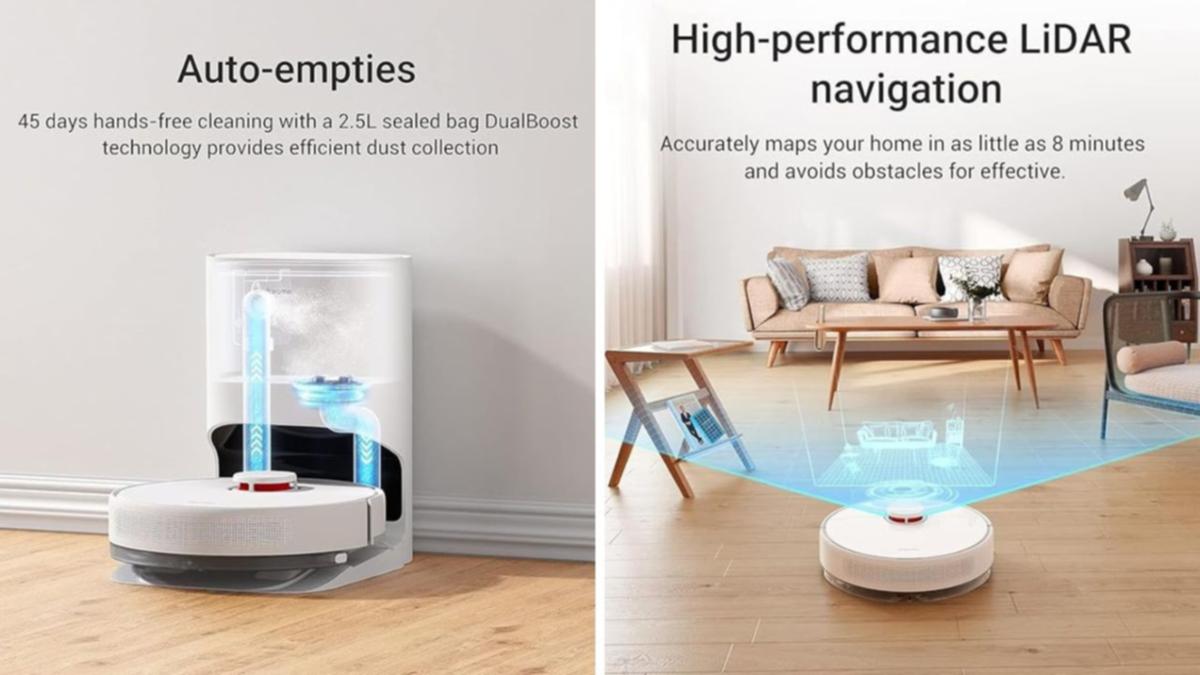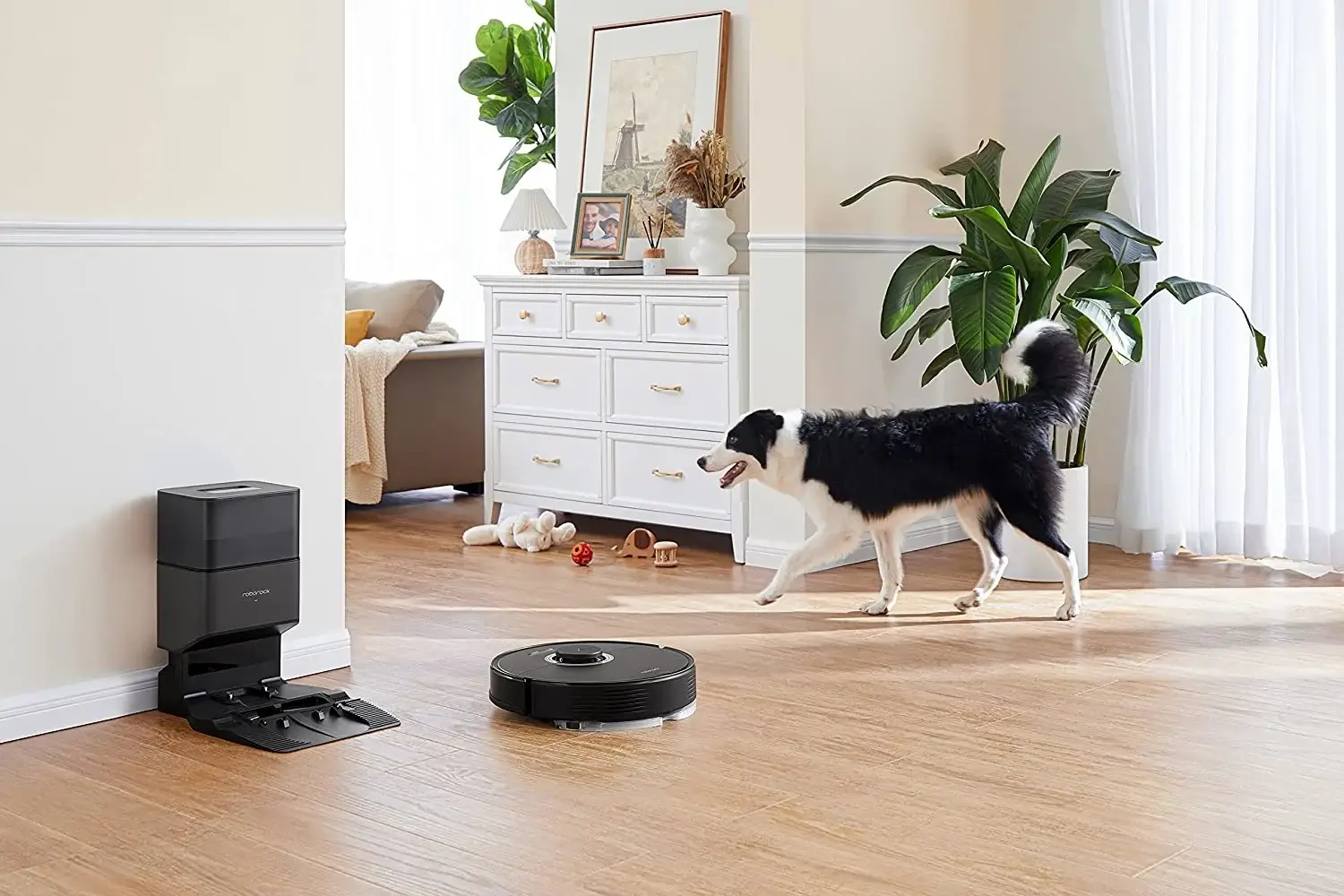As we age, the need for thoughtful home design becomes paramount to sustain independence and enhance quality of life. Discover key strategies to optimize your living space for safety, accessibility, and comfort, catering specifically to seniors' needs.

Creating a living environment that caters to the unique needs of seniors can significantly improve their day-to-day life. As physical and cognitive abilities shift with age, specific home modifications can make a world of difference. Here are some essential tips to ensure a safe, accessible, and enjoyable home for seniors.
A clutter-free home is instrumental in reducing the risk of accidents. Begin by organizing frequently used spaces like the kitchen and living areas. Maintain clear pathways and place commonly used items within easy reach to minimize bending or stretching. Arrange furniture to facilitate smooth movement and remove unnecessary pieces to create open spaces. Utilizing shelves, cabinets, and bins for storage while labeling them can also support memory and navigation, enhancing comfort and safety.
Proper illumination is vital for ensuring safety for seniors. Enhanced lighting not only aids visibility but also helps in preventing accidents. Use bright, high-contrast light sources throughout the home, particularly in stairways and bathrooms. Consider motion-sensor lights for convenience during the night and include task lighting like under-cabinet or reading lamps where necessary. Dimmable switches can also be a great asset, allowing seniors to adjust the brightness based on their comfort level.
To ensure safety, integrating grab bars and handrails in key areas is essential. These supports provide stability and significantly reduce the risk of falls. Install grab bars in bathrooms next to toilets and inside showers, and place handrails along stairways and in hallways. Always choose sturdy models that securely attach to wall studs for maximum reliability. These features can seamlessly blend with home decor, promoting both safety and style.
Accessibility in bathrooms is a crucial element in senior-friendly design. Consider layouts that offer ample maneuvering space, especially for wheelchairs or walkers. Walk-in showers with low thresholds are safe options that minimize fall risks, enhanced by features like a shower seat and handheld showerhead. Non-slip flooring is a must-have; opt for materials that maintain traction even when wet. Raised toilet seats and grab bars further enhance usability and independence.
By implementing these home design tips focused on simplicity, safety, and accessibility, you can transform a living space into a welcoming haven ideal for seniors. Creating a home that supports their increasing needs fosters independence and promotes a higher quality of life.
Kai Cenat Under Fire: Twitch Star Faces Potential Ban for Distracted Driving

Chrisean Rock's Emotional Performance: Singing 'Yahweh' with Baby Son

Family-Friendly Snow Sports Adventures: Your Ultimate Guide

6 Best Robot Vacuum Cleaners for Effortless Home Cleaning

Thrilling Snow Sports Adventures for Families

The Delicious World of Chinese Cuisine

Strategic Education: Selecting a Major for Financial Prosperity

The Impact of Artificial Intelligence on Tech Stocks

Ultimate Guide to the Best Sweeping Robots of 2024
